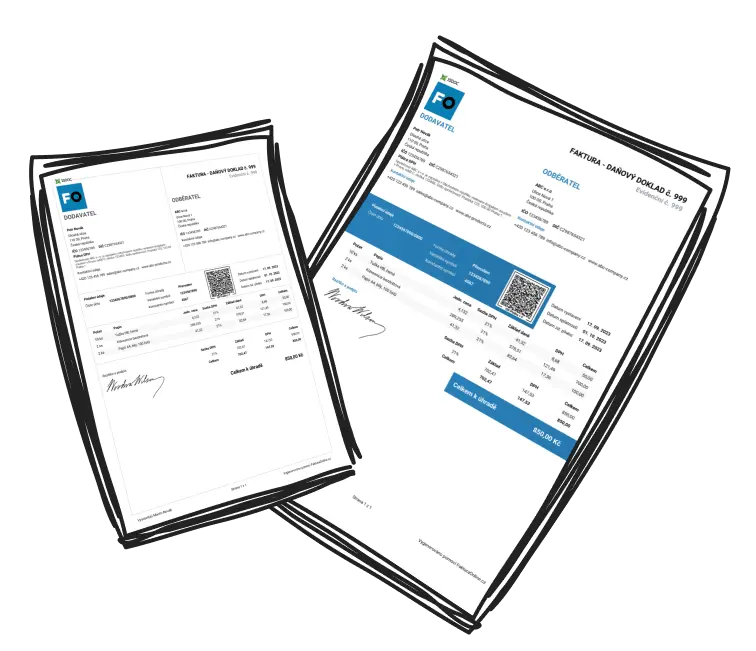Balancing numerous client ties at once is commonplace for freelancers. The cornerstone of successful freelance work is efficient client management, which fosters trust and ensures seamless service delivery. Here's how you can excel:
Establish Firm Boundaries: Clearly outline working hours, preferred communication tools, and project parameters right from the start, limiting misunderstandings.
Clearly Structured Onboarding: A comprehensive onboarding process to clarify project scope, deadlines, and what will be delivered helps keep everyone on the same page.
Consistent Updates: Regular updates—be it weekly or project milestones—help reassure clients without making them chase for information.
Meet Deadlines: Allocate extra time for possible revisions or unexpected hitches to make sure you meet deadlines.
Stay Systematic: Leverage apps such as Asana or Troop to handle tasks and keep communication flowing smoothly.
Keep Thorough Records: Maintain a record of all contracts and emails to ensure you have documentation to reference, reinforcing accountability.
Communicate Professionally: Always interact with professionalism, even when providing feedback or resolving issues.
Manage Finances Wisely: Utilise organised invoicing and payments to prevent billing hold-ups.

Tip
Be proactive in addressing possible delays with clients. Early notification not only demonstrates accountability but also bolsters their trust in your work ethic.
Managing Challenging Client Interactions
Even the most experienced freelancers will occasionally face difficult clients. Here’s how to handle such situations with diplomatic ease:
Keep your composure and don’t let emotions influence your judgement. When clients voice concerns, listen attentively. Repeat their issues back to confirm you comprehend correctly. When necessary, remind them of prior agreements, be it in contracts or email correspondence. Referring to facts rather than emotions can often clear up confusions.
Occasionally, it’s necessary to evaluate whether a professional relationship should be continued. If not, end it considerately, possibly due to project misalignment.

Example
If a client demands work beyond the original agreement, approach the issue kindly but firmly: “This isn’t part of our original scope, but I can include it as an additional service.” Document these decisions to prevent future disputes.
Ensuring Client Longevity
In the freelance world, keeping existing clients often proves more lucrative than acquiring new ones. Here are some methods to build enduring relationships:
Consistently Deliver Outstanding Work: Building trust by routinely meeting or surpassing expectations.
Personal Touches: Stay in contact with past clients with sincere follow-ups or sharing pertinent insights.
Offer Special Benefits: Providing loyal clients with added perks, such as priority service or unique advantages.
Take Feedback Seriously: Welcome constructive criticism and implement improvements based on it.
Adaptability: Be open to accommodating the evolving needs of clients, so your offerings remain applicable.
Communicate Your Value: Remind clients regularly of the positive influence your work has on their business.
Retaining clients not only reduces costs but also cultivates a steady and reputable professional standing.
Setting Clear Expectations with Clients
The downfall of many freelance relationships is misaligned expectations. Here’s how to align them effectively:
Engage in Detailed Onboarding: Conduct consultations to fully capture client requirements.
Draft Clear Contracts: Avoid uncertainty by specifying deliverables, schedules, payment terms, and project scope.
Maintain Regular Communication: Provide continuous updates so clients don’t feel left in the dark.
Adapt to Changes Thoughtfully: Approach additional needs or potential delays professionally, modifying arrangements accordingly.
Confirm Milestones: Ensure agreement on each project phase before proceeding to the next.

Ambiguous contracts pose one of the greatest freelance risks—construct detailed agreements to safeguard both parties.
Traits of Successful Client-Freelancer Relationships
Vital elements in client-freelancer rapport include trust, respect, adaptability, and empathy. Transparent, reliable communication and honouring commitments are fundamental to maintaining mutual trust in professional associations. Meeting deadlines, valuing client aspirations, and empathetically addressing their issues fortify connections.
Adaptability is indispensable too—gracefully navigating modifications showcases your problem-solving mindset and collaboration prowess. Building genuine relationships, beyond just professional exchanges, leads to more enduring alliances.
Conclusion: Achieving Success Through Superior Client Management
Excelling in freelance client management isn’t solely about getting by—it’s about flourishing. Delivering quality, maintaining open lines of communication, and managing expectations are key to nurturing trust and prolonging client collaborations.
Begin incorporating these practices to elevate your freelancing prospects, foster a loyal client base, and attain enduring success in the competitive freelance market of the United Kingdom. Each interaction matters—manage wisely, and see your career blossom!


